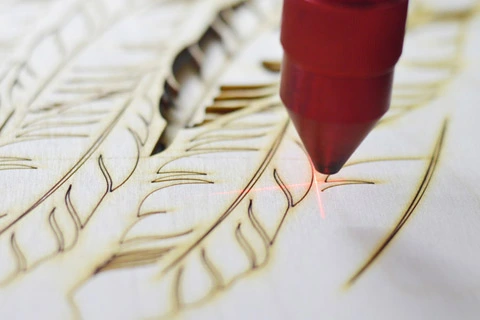Lasers and Laser Related Equipment

This category has standards that relate to lasers and laser-related equipment. These series include a series of test methods when utilizing lasers.
ISO 11146-1:2021
Lasers and laser-related equipment - Test methods for laser beam widths, divergence angles and beam propagation ratios - Part 1: Stigmatic and simple astigmatic beams
This document specifies methods for measuring beam widths (diameter), divergence angles and beam propagation ratios of laser beams. This document is only applicable for stigmatic and simple astigmatic beams. If the type of the beam is unknown, and for general astigmatic beams, ISO 11146‑2 is applicable.
ISO 16331-1:2017
Optics and optical instruments - Laboratory procedures for testing surveying and construction instruments - Part 1: Performance of handheld laser distance meters
ISO 16331-1:2017 specifies procedures for checking compliance with performance specifications of handheld laser distance meters.
ISO 11146-2:2021
Lasers and laser-related equipment - Test methods for laser beam widths, divergence angles and beam propagation ratios - Part 2: General astigmatic beams
This document specifies methods for measuring beam widths (diameter), divergence angles and beam propagation ratios of laser beams. This document is applicable to general astigmatic beams or unknown types of beams. For stigmatic and simple astigmatic beams, ISO 11146‑1 is applicable. Within this document, the description of laser beams is accomplished by means of the second order moments of the Wigner distribution rather than physical quantities such as beam widths and divergence angles. However, these physical quantities are closely related to the second order moments of the Wigner distribution. In ISO/TR 11146‑3, formulae are given to calculate all relevant physical quantities from the measured second order moments.
ISO/TR 11146-3:2004
Lasers and laser-related equipment - Test methods for laser beam widths, divergence angles and beam propagation ratios - Part 3: Intrinsic and geometrical laser beam classification, propagation and details of test methods
ISO/TR 11146-3:2004 specifies methods for measuring beam widths (diameter), divergence angles and beam propagation ratios of laser beams in support of ISO 11146-1. It provides the theoretical description of laser beam characterization based on the second-order moments of the Wigner distribution, including geometrical and intrinsic beam characterization, and offers important details for proper background subtraction methods recommendable for matrix detectors such as CCD cameras. It also presents alternative methods for the characterization of stigmatic or simple astigmatic beams that are applicable where matrix detectors are unavailable or deliver unsatisfying results.

ISO 21254-1:2011
Lasers and laser-related equipment - Test methods for laser-induced damage threshold - Part 1: Definitions and general principles
ISO 21254-1:2011 defines terms used in conjunction with, and the general principles of, test methods for determining the laser-induced damage threshold and for the assurance of optical laser components subjected to laser radiation.
ISO 21254-2:2011
Lasers and laser-related equipment - Test methods for laser-induced damage threshold - Part 2: Threshold determination
ISO 21254-2:2011 describes 1-on-1 and S-on-1 tests for the determination of the laser-induced damage threshold of optical laser components. It is applicable to all types of laser and all operating conditions.
ISO 21254-3:2011
Lasers and laser-related equipment - Test methods for laser-induced damage threshold - Part 3: Assurance of laser power (energy) handling capabilities
ISO 21254-3:2011 specifies two methods of verifying the power density (energy density) handling capability of optical surfaces.
The first method provides a rigorous test that fulfils the requirements at a specified confidence level in the knowledge of potential defects.
The second method provides a simple, and hence inexpensive, test for an empirically derived test level.
ISO/TR 21254-4:2011
Lasers and laser-related equipment - Test methods for laser-induced damage threshold - Part 4: Inspection, detection and measurement
ISO/TR 21254-4:2011 describes techniques for the inspection and detection of laser-induced damage on optical surfaces and in the bulk of optical components.
